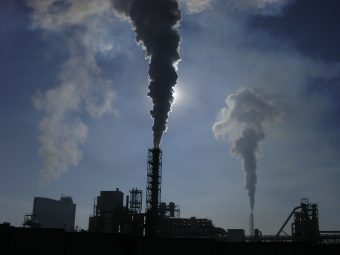
Massive methane leaks, known as super-emitter events, have been taking place at oil and gas fields all over the world, from the United States to Turkmenistan. The releases, most of which can be traced to equipment failures, can last for weeks. One outside of a storage facility in Los Angeles in 2015 hemorrhaged almost 100,000 tonnes of methane — a potent greenhouse gas — into the atmosphere over the course of four months.
In June, researchers at Spain’s Polytechnic University of Valencia, said they uncovered the latest known super-emitter event at an oil and gas platform in the Gulf of Mexico. The installation discharged 40,000 tonnes of methane during a 17-day spell in December 2021 — equivalent to three per cent of Mexico’s annual oil and gas emissions. Researchers said the release may never have been known to the public if not for the fact that it was captured by a European Space Agency satellite.
While the discharge was caught, it remains challenging to trace emissions of methane, which is colourless, odourless and responsible for more than 25 per cent of the global warming the Earth is experiencing today. Due to its structure, methane traps more heat in the atmosphere per molecule than carbon dioxide (CO2) making it 80 times more harmful than CO2 during the 20 years after it is released into the atmosphere.
More:
As countries develop plans to reduce greenhouse gas emissions and avoid the worst effects of climate change, experts say it’s vital to have a better handle on how much methane is being released into the atmosphere, including from super-emitter events. Cutting human-caused methane by 45 per cent this decade would keep warming beneath a threshold outlined by the Paris Agreement.
The big challenge is knowing exactly how much [methane] is being emitted, where it is being emitted and for how long it has been emitted.
Source: UNEP



